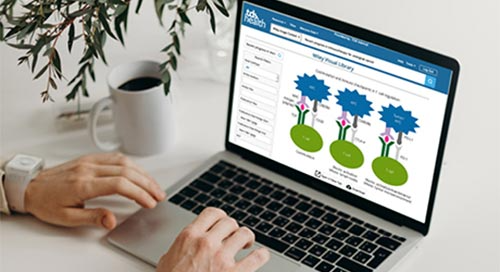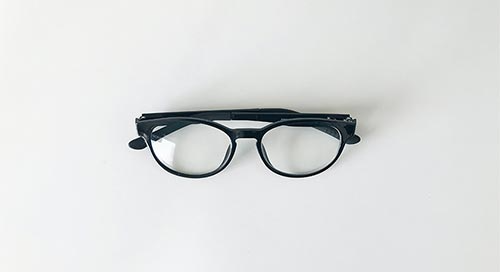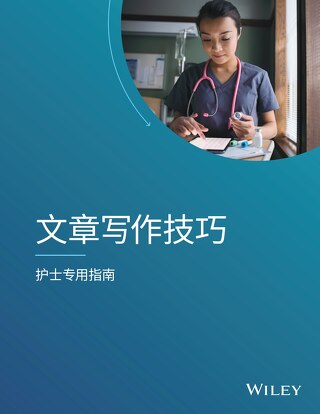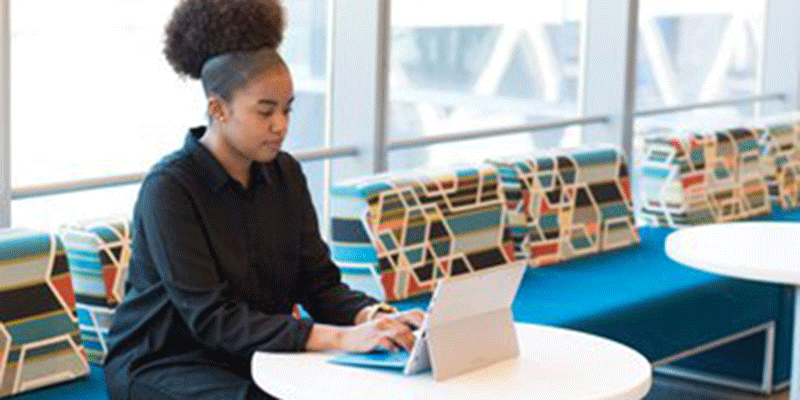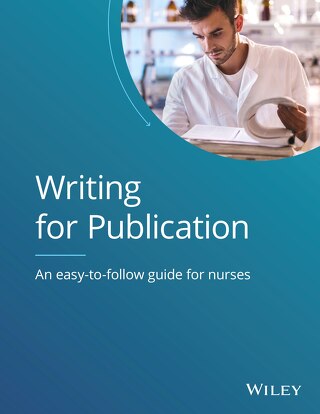finding-ways-to-bridge-the-research-accessibility-gap
August 18, 2017
Editors note: This post was co-authored by Wiley interns Rebecca Andrews, Noelle MacDonald, Joseph Pold and Steven Zeiselman
As interns at Wiley this summer, instead of the rote Powerpoint presentation on what we’d learned, we were thrown into the Wiley “shark tank.” Like the television show, we were tasked with inventing a new product for the publishing industry, developing our idea, and then pitching it to the “sharks.”
Students and researchers ourselves, we decided to focus on increasing research accessibility. Wiley already partners with Research4Life and the International Network for the Availability of Scientific Publications (INASP) to provide philanthropic access to institutions in developing countries. However, many scholars in the developing world still face technological barriers that make accessing Wiley Online Library impossible.
To further investigate, we looked to Africa as a case study. 71% of Africans, (869 million people), can’t access the internet. Both limited network coverage and cost prevent Africans from logging on to the World Wide Web. One megabit/second (a standard unit of internet speed) costs $120/month in the United States but $13,000/month in Africa. For an African university to enjoy the same high-speed coverage as its American peers (one Gigabit/second) would cost $13,000,000/month. For already under-resourced institutions, such costs prove a major barrier, translating to overloaded connections and frustratingly slow browsing.
For individual scholars, poor internet service is disastrous, causing an availability-accessibility gap. One INASP-funded study at Tanzania’s Sokoine University found that of 25 researchers, 80% tried to access journal content in a given week but 60% couldn’t download the e-resources necessary to read it, 44% faced readability issues, and 40% experienced internet problems. A professor might wait all night to download just one PDF, only to find the article useless and her time wasted as she skims it the next morning. To broaden our scope, we examined download data for three of Wiley’s major health sciences journals, Pediatric Diabetes, Thrombosis and Haemostasis, and the Journal of Viral Hepatitis. Though Wiley provides philanthropic access to 125 institutions in Mozambique, the country’s researchers downloaded just 138 medical articles in 2016, compared to 130,077 in similarly-populous Australia. The disparity is comparable or worse in other African nations, as evident in the chart below.
Cellular networks provide faster and better coverage. 54% of the population (557 million people) is subscribed to mobile services. Furthermore, cell phone usage is growing, according to the Groupe Spéciale Mobile Association (GSMA). In 2002, only 8% of Ghanaians owned a mobile phone, compared to 83% in 2016. They also estimate that the number of unique mobile subscriptions will rise to 725 million by 2020. Utilizing that infrastructure, SMS Bots--simple programs that receive texts and output responses--have already revolutionized the ways Africans interact with traditionally internet-based services such as banking and email. Mobile money in particular has become an important part of many Africans’ lives. In 2013, 68% of Kenyans used mobile banking compared to the 11% global average, according to the Pew Research Center.
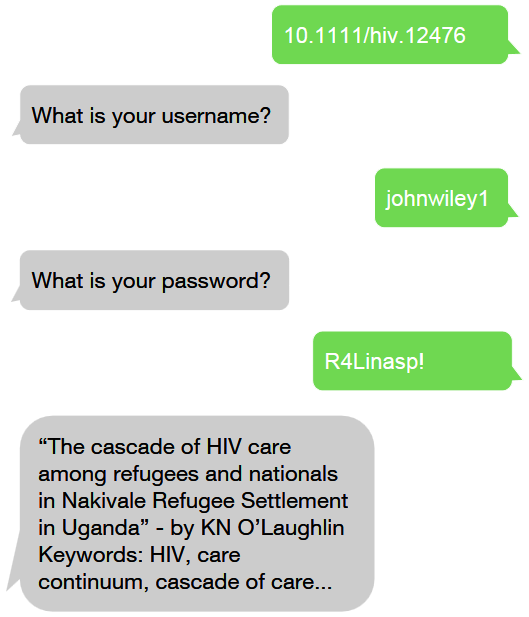
Thus, our innovation idea, which we’ve named Textley, is an SMS Bot for Wiley Online Library. To
read a scholarly article, the user would text its DOI to the Textley number, be prompted through the login sequence, and then receive the article’s text, all through mobile rather than internet networks. If his/her article included charts or diagrams, Textley would ask if he/she wants to receive the accompanying images, a measure to avoid overloading phones, before sending them. Though Textley is not a perfect solution, it would allow the same frustrated researcher to read dozens of articles a day, saving him/her invaluable time and effort.
Textley also has the potential to deliver high returns. Because the technology is so simple, with low initial and operating costs, developing Textley would only be a small investment. Though the market is immature now, enrollment in and funding of African higher education is expanding. So much so that Research4Life is transitioning some institutions from philanthropic to regular access. Furthermore, though we focused on African scholars, academics in Latin America, the Middle East, and South and Southeast Asia face similar circumstances. For example, in 2014 only 19% of Indians could access the internet while 28% subscribed to mobile services, a difference of hundreds of millions of people.
As a leading scholarly publisher, Wiley has both a responsibility and interest in increasing the availability of research to all. Developing Textley or a similar service seems like a logical first step to bridging the accessibility gap around the world.


